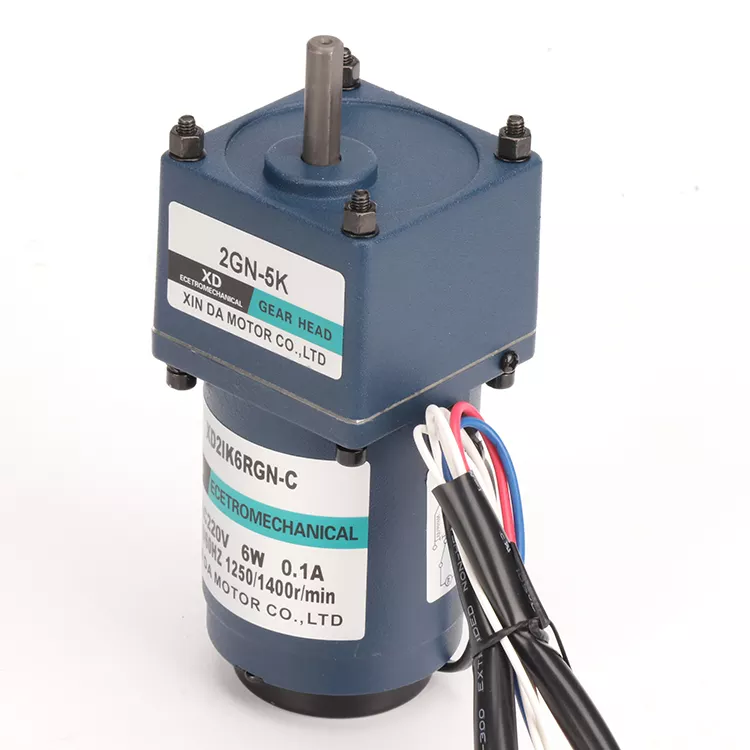Calculation method for reduction ratio of geared motor
Calculation method of reduction ratio of geared motor:

Reducer speed ratio = input speed ÷ output speed
For example, the input speed of the micro motor is 16000rpm, and the final output speed through the reducer is 160rpm, that is, 16000rpm ÷160rpm=100
Then the reduction ratio is 1:100, and its output torque is about 100 times the input torque. In the micro geared motor, the slower the speed, the torque will increase. The transmission ratio of the micro geared motor is generally fixed. Yes, but for some special applications, an adjustable one is used, that is, step-by-step speed regulation, which is the same as the gear control speed in a car. For example, the wheels of a robot need to adjust their speed when climbing slopes and walking on flat ground.
Miniature geared motor
In some low-speed applications, some people want to use ordinary low-speed micro-motors (without reducers) to replace micro-geared motors. In fact, this is not feasible, because ordinary low-speed motors cannot meet the requirements in the following points:
1) The speed cannot be reached. In the case of a reducer, the final output of the micro-motor can reach a few revolutions per minute, while the lowest output of an ordinary micro-motor is more than 2,000 revolutions. Even a 12-pole motor speed is There are five or six hundred revolutions. If it is a micro motor that needs one or two hundred revolutions, the ordinary motor over there is even more unsatisfactory;
2) The output torque cannot be reached. Taking ten thousand steps back, even if the ordinary micro-motor can reach one or two hundred revolutions or dozens of revolutions without a reducer, its output torque must not be reached. Ordinary motors will not be able to drive the load due to insufficient output torque, so this type of low-speed ordinary motor can only be used for applications with small loads.
Electronic lock micro motor deceleration principle
It can be seen that although this electronic lock uses an ordinary 380 motor as the output, there is a set of reduction gears in the internal structure to reduce the speed and increase the torque output. Its principle is to drive a small gear through the output shaft of the micro motor. The small gear rotates at a relatively high speed, and then drives the second slightly larger gear. It can be seen from the moving picture that the speed has dropped significantly at this time, and finally drives the largest gear. At this time, the speed has dropped to one Expected value, the speed drops very obviously. If the output speed is still too high, then adding a set of gears can reduce the speed to an expected value of an application.
Theoretically speaking, as long as the speed of the gear set is sufficient, the speed will be reduced without limit, but it is impossible to realize in practice. After passing through countless gears, various losses may eventually prevent the rotation. Feel free to comment on this issue below.



























 XINDA
XINDA